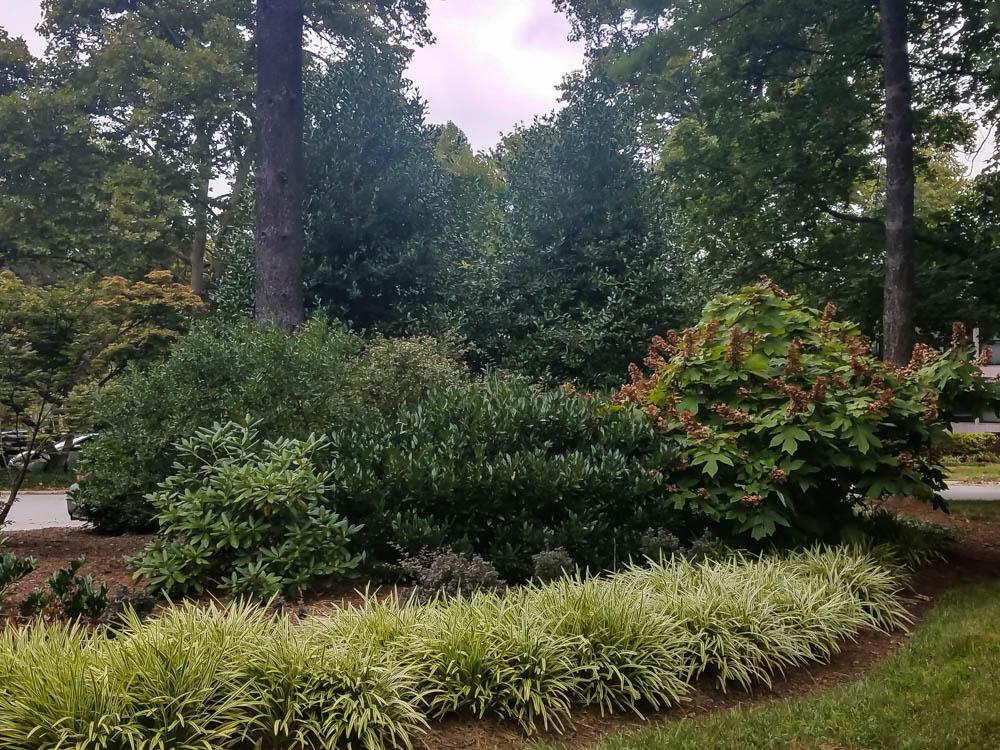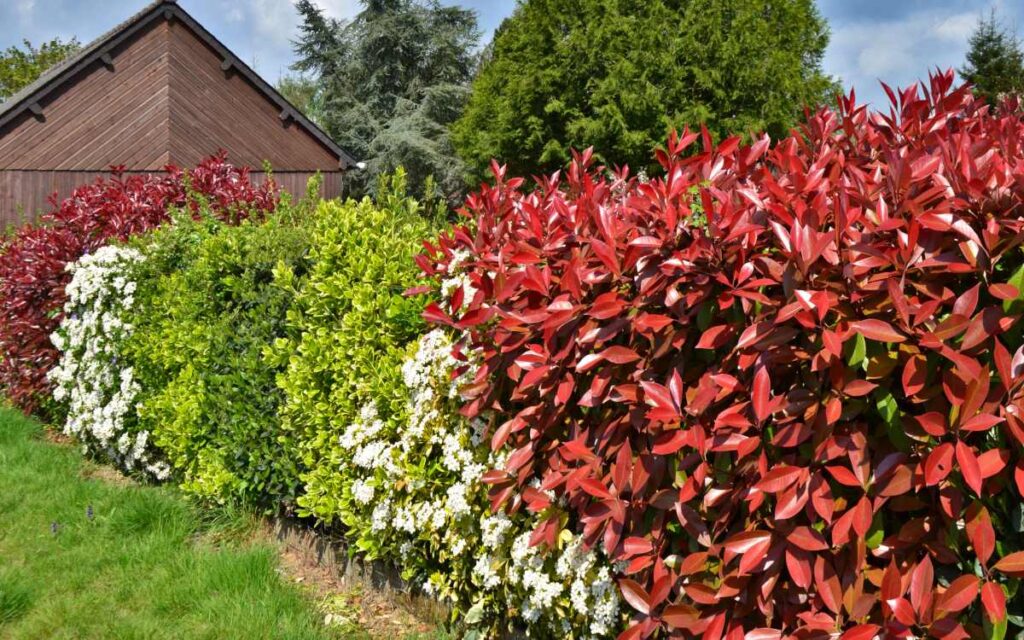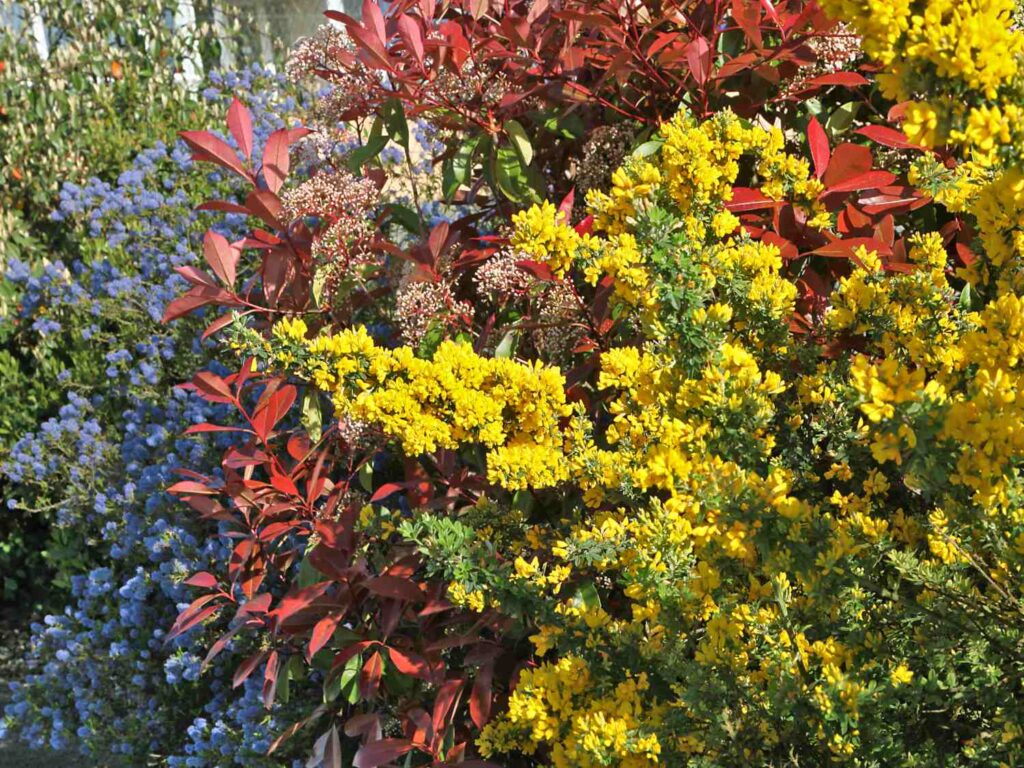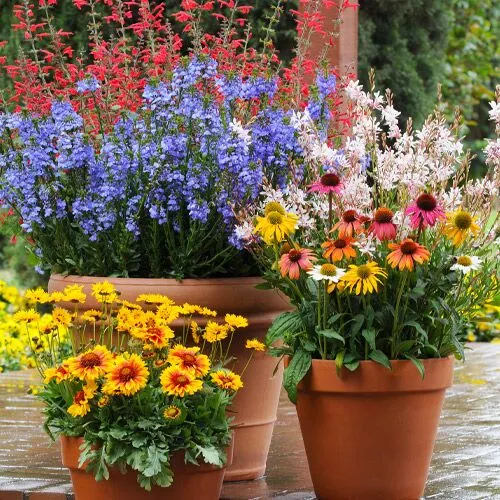A mixed hedge is a natural, eco-friendly solution for enhancing garden privacy while supporting pollinators like bees, butterflies, and birds. Unlike uniform hedges made from a single species, a mixed hedge combines a variety of plants, creating seasonal interest and biodiversity. If you’re aiming to build a privacy screen that also benefits local wildlife, a mixed hedge is one of the best choices.
In this guide, you’ll learn how to design, plant, and maintain a mixed hedge for privacy and pollinators, including recommended species and practical tips to ensure success.


Why Choose a Mixed Hedge?
A mixed hedge offers multiple benefits:
Privacy and security: Dense, multi-layered foliage provides a natural barrier.
Wildlife habitat: Offers food and shelter for birds, insects, and small mammals.
All-year interest: Seasonal variation in flowers, fruits, and foliage.
Pollinator-friendly: Attracts bees, butterflies, and other beneficial insects.
These features make mixed hedging ideal for anyone looking to create a wildlife-friendly garden that also serves functional purposes like screening and noise reduction.
Best Plants for a Mixed Hedge
When selecting plants for your hedge, aim for a balance between native species, evergreen coverage, and nectar-rich blooms. Here’s a list of some of the best hedge plants for pollinators and privacy:
1. Hawthorn (Crataegus monogyna)
Benefits: Dense, thorny, excellent nesting site for birds, spring blossoms for pollinators.
Growth: Up to 4-5 meters.
2. Hazel (Corylus avellana)
Benefits: Catkins in late winter provide early food for bees; edible nuts for wildlife.
Growth: 3–5 meters.
3. Dog Rose (Rosa canina)
Benefits: Beautiful pink flowers; hips attract birds in winter.
Growth: Up to 3 meters.
4. Spindle (Euonymus europaeus)
Benefits: Attractive pink fruit and autumn color; supports caterpillars and other insects.
Growth: 2–4 meters.
5. Field Maple (Acer campestre)
Benefits: Great autumn color; pollen source for bees.
Growth: Up to 10 meters but easily pruned.
6. Wild Privet (Ligustrum vulgare)
Benefits: Semi-evergreen; fragrant flowers attract bees; dense foliage for privacy.
Growth: 2–4 meters.
7. Blackthorn (Prunus spinosa)
Benefits: Early blossom, sloes for birds; forms dense, impenetrable thickets.
Growth: 3–5 meters.
These plants not only provide the structure and screening you need but also produce flowers, fruits, and shelter that help support local ecosystems.
Maintaining Your Mixed Hedge
A mixed hedge is relatively low-maintenance once established. Here are a few key tips:
1. Watering and Mulching
Water young plants in dry spells for the first two years. Use organic mulch to retain moisture and suppress weeds.
2. Pruning
Formative pruning is crucial in the first two years to shape the hedge.
After that, prune once a year in late winter or early spring before birds begin nesting.
Avoid trimming flowering species until after they’ve bloomed to support pollinators.
3. Feeding
Most native plants don’t need feeding, but a slow-release organic fertilizer can help boost growth in poor soils.
How to Plant a Mixed Hedge
1. Planning and Spacing
Decide on your hedge’s function—do you need complete privacy, or is partial screening enough? Most hedge plants should be spaced 30–60 cm apart. For a thick barrier, consider planting in a staggered double row.
2. Planting Season
The best time to plant a mixed hedge is from late autumn to early spring when bare-root plants are available. This method is cost-effective and promotes strong root growth before summer.
3. Soil Preparation
Clear grass and weeds from the planting strip.
Dig in organic compost to enrich the soil.
Ensure good drainage to prevent root rot.
4. Layout Tips
Alternate tall and short species.
Mix evergreen and deciduous plants.
Include at least one species that flowers in each season for continuous pollinator support.
Boosting Pollinator Value
To further enhance your hedge for pollinators:
Plant a wildflower strip at the base.
Avoid pesticides and herbicides.
Add a small wildlife pond nearby to attract beneficial insects.
Leave some areas slightly untidy—dead wood and seed heads provide food and shelter.
Final Thoughts
Creating a mixed hedge for privacy and pollinators is one of the most rewarding ways to enrich your garden. Not only does it provide a natural screen, but it also supports biodiversity, improves soil health, and contributes to climate resilience. With a thoughtful selection of native species and a little maintenance, your hedge will become a thriving green corridor for both your family and the local ecosystem.


